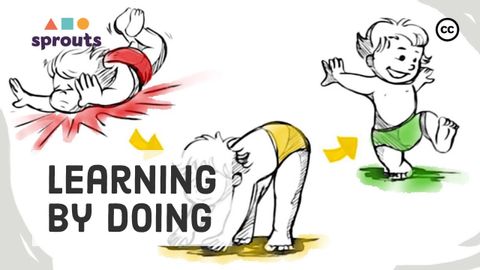行うことで学ぶ(ディレクターズカット (Learning by Doing (directors cut))
耀梅林 が 2021 年 01 月 14 日 に投稿  この条件に一致する単語はありません
この条件に一致する単語はありませんUS /ɪn'gedʒ/
・
UK /ɪn'ɡeɪdʒ/
- v.t.武力によって衝突する;雇用する;人の興味を引く;従事する;かみ合う;約束する
US /ˈslaɪtli/
・
UK /ˈslaɪtli/
US /ˈkɑmpləmənt/
・
UK /'kɒmplɪmənt/
US /ˈkɑnˌsɛpt/
・
UK /'kɒnsept/
エネルギーを使用
すべての単語を解除
発音・解説・フィルター機能を解除

